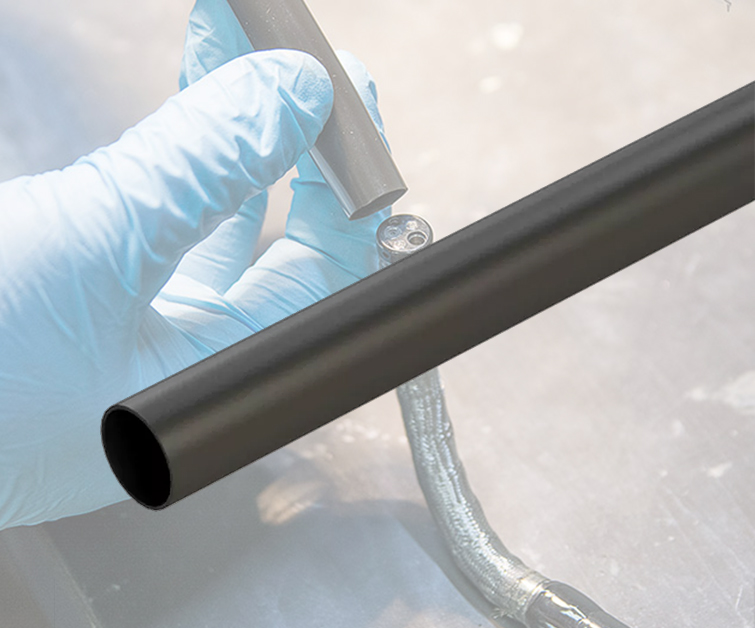The Future of Asset Performance Management: Innovations and Trends
Key Takeaways
- Asset Performance Management (APM) innovation is essential for efficiency.
- Data analytics is transforming APM strategies.
- Embracing emerging technologies can optimize performance sustainably.
Introduction to Asset Performance Management
Asset performance management (APM) is a crucial concept in industrial operations. It focuses on optimizing the usage and maintenance of physical assets. It ensures that these assets are functional, financial, financially, and operationally efficient throughout their lifecycle. Integrating advanced tools like predictive maintenance software has become imperative in an era where businesses increasingly rely on technology to drive efficiency. Such software aids in collecting and analyzing data which is essential for predicting potential equipment failures thus preemptively mitigating risks.
Implementing sophisticated APM strategies can significantly reduce operational costs by minimizing unexpected downtimes and supporting strategic decision-making. As industries evolve they face mounting pressure to modernize asset management techniques, making it crucial for stakeholders to understand and adapt to new trends and technologies reshaping the landscape.
Why Innovation is Essential for APM
In today’s fast-paced industrial environment, embracing innovation within APM is not just a strategic choice but a necessity. The relentless advancement of technology introduces tools that significantly enhance decision-making processes, widening the scope for better asset utilization. Innovations in APM empower organizations to overcome traditional challenges such as limited resources, aging infrastructure, and stringent regulatory requirements.
By integrating innovative solutions, businesses can maintain a competitive edge, boost their financial performance, and fulfill the growing demand for reliability and sustainability in asset operations. Technology-driven innovations foster a collaborative culture, allowing cross-functional teams to work cohesively to optimize asset management strategies, thus ensuring long-term operational excellence.
The Role of Data Analytics in APM
Data analytics redefines APM strategies by providing actionable insights that drive better asset performance. With comprehensive data analysis, organizations can streamline processes, reduce waste, and enhance decision-making. Advanced analytics tools facilitate a detailed understanding of asset health, enabling predictive and prescriptive maintenance approaches.
Businesses harnessing data analytics’s power can quickly identify unnoticed patterns and trends. It promotes a proactive management style, significantly reducing the likelihood of unexpected failures and lengthy downtimes. For instance, data-driven strategies have been pivotal in industries by unlocking efficiency and fostering growth.
Emerging Technologies in Asset Management
Asset management is transformed using cutting-edge technology like digital twins, machine learning, and the Internet of Things (IoT). IoT devices facilitate real-time data collection, advancing the understanding of asset conditions and performance metrics. This constant data flow empowers businesses to predict asset failure and maintain continuity.
Machine learning algorithms are invaluable in identifying failure patterns, thus allowing businesses to adopt a preventive maintenance strategy. Digital twins, digital replicas of physical assets offer a robust platform to simulate various scenarios without impacting real-world operations. This virtual modeling aids in strategic planning, ensuring asset management decisions are data-driven and effective.
Sustainable Practices in APM
Embedding sustainability within APM is beneficial for environmental stewardship and necessary for long-term economic viability. Sustainable asset management promotes efficient resource utilization, reduces carbon footprints, and integrates eco-friendly technologies. As businesses align with global sustainability goals, adopting these practices becomes essential.
Organizations committed to sustainability can improve asset longevity, reduce waste and adhere to increasing regulatory standards and consumer expectations for eco-friendliness. This alignment safeguards the environment and positions businesses as leaders in sustainable development.
Challenges and Solutions in Modern APM
Despite its numerous advantages, modern APM faces several challenges, including data integration, security threats and resistance to organizational change. If not addressed in a timely manner, these challenges can hinder the full potential of APM solutions.
Tackling these obstacles involves strategic investments in cybersecurity measures to protect data integrity and fostering an organizational culture that champions innovation and continuous learning. Workforce training is crucial in overcoming resistance to change and equipping employees with the skills to embrace new technologies.
The Future of Asset Management
The future of asset management appears exceptionally promising, particularly as advancements in technology pave the way for heightened productivity and operational optimization. Key emerging trends include the extensive adoption of artificial intelligence (AI) which enables organizations to analyze vast amounts of data swiftly and make informed decisions. Additionally, increased automation is transforming traditional processes, reducing manual intervention and allowing for greater efficiency.
Another significant trend is the development of intelligent infrastructure that can adapt in real time to varying operational demands. This infrastructure leverages the Internet of Things (IoT) to monitor conditions and manage assets dynamically, ensuring optimal performance at all times.
Predictive analytics will play a crucial role in shaping the future of asset management. By utilizing historical data and statistical algorithms, organizations can anticipate maintenance needs, identify potential failures before they occur, and ultimately reduce downtime. Furthermore, access to real-time data allows for continuous asset monitoring, enabling companies to streamline operations and enhance performance metrics effectively.
Organizations willing to embrace these innovations and adapt to the changing landscape will be well-equipped to not only meet the challenges of tomorrow but also lead and thrive in an increasingly competitive global market. By fostering a culture of innovation and agility, these organizations can position themselves at the forefront of asset management in an ever-evolving environment.
Conclusion and Final Thoughts
Asset Performance Management is experiencing a pivotal transformation, primarily driven by technological advancements. Integrating data analytics and cutting-edge technologies is critical for optimizing asset performance and achieving sustainability in operations. Although challenges diffuse throughout the industry, the commitment to continuous improvement will yield benefits such as reduced costs and enhanced asset life cycles.
The trajectory of APM is directed towards predictive maintenance, a data-centric management style, and sustainable practices. Staying agile and informed on these trends and innovations will maintain a competitive advantage in the industry, driving consistent growth and success.






